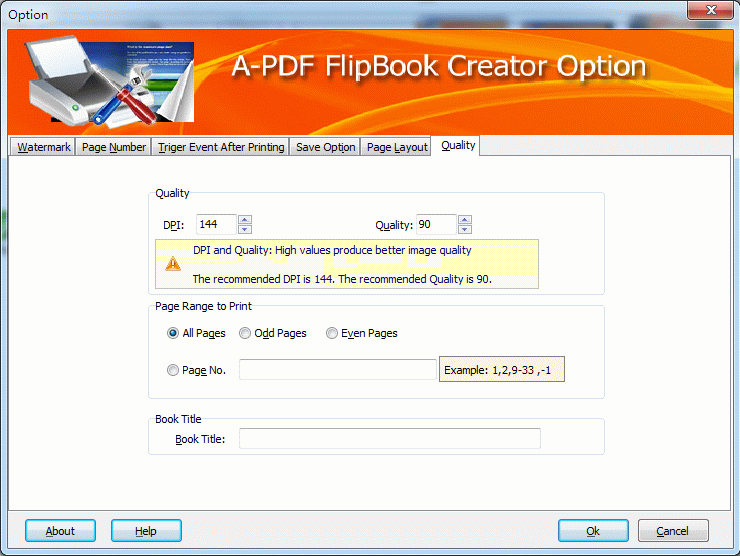
Note that if students show their faces or reveal their identities in their digital stories, it may be advisable to share these only in password-protected online spaces.

There may also be an intercultural literacy aspect if digital storytelling is used in collaborative online international learning (COIL) or virtual exchange (VE) initiatives, where students interact and share work with peers from different parts of the world.ĭigital stories can be stored in students’ PLEs or e-portfolios. They offer an ideal opportunity for students to hone digital literacies such as multimodal literacy (in creating multimedia digital stories which communicate their messages effectively to their intended target audiences) and network literacy (in disseminating their own digital stories, and accessing and commenting on peers’ digital stories). Digital stories may be individually or collaboratively created, and may be static, dynamic or even interactive. In this way, digital storytelling is linked not only to web 2.0 learning but also to mobile learning.īecause of the way it draws together a range of language, literacy, presentation and ICT skills, digital storytelling is becoming an increasingly common educational activity. Mobile devices like smartphones or tablets are frequently used to take the photos and make the audio or video recordings (see also the multimedia recording page) which are combined to compose digital stories, with the creation of the final stories taking place either on the mobile devices themselves or on laptop or desktop computers.

A digital story typically involves some combination of text, images, audio and/or video structured into a narrative.ĭigital storytelling, much like data visualisation, is not a tool as such, but rather a technique which can involve a whole variety of different web 2.0 tools and/or mobile apps. What do you want to create today? (Source: Wes Fryer,, under CC BY-NC-ND 3.0 licence)ĭigital storytelling involves creating multimodal, or multimedia, narratives.


 0 kommentar(er)
0 kommentar(er)
